Agenda
31.01.2026, 15.03.2026
FIDMarseille
CALL FOR FILMS 2026
Registration is now open

10.01.2026
La Baleine
CinéFID - Paul Vecchiali, deux films
En présence de Pascal Cervo
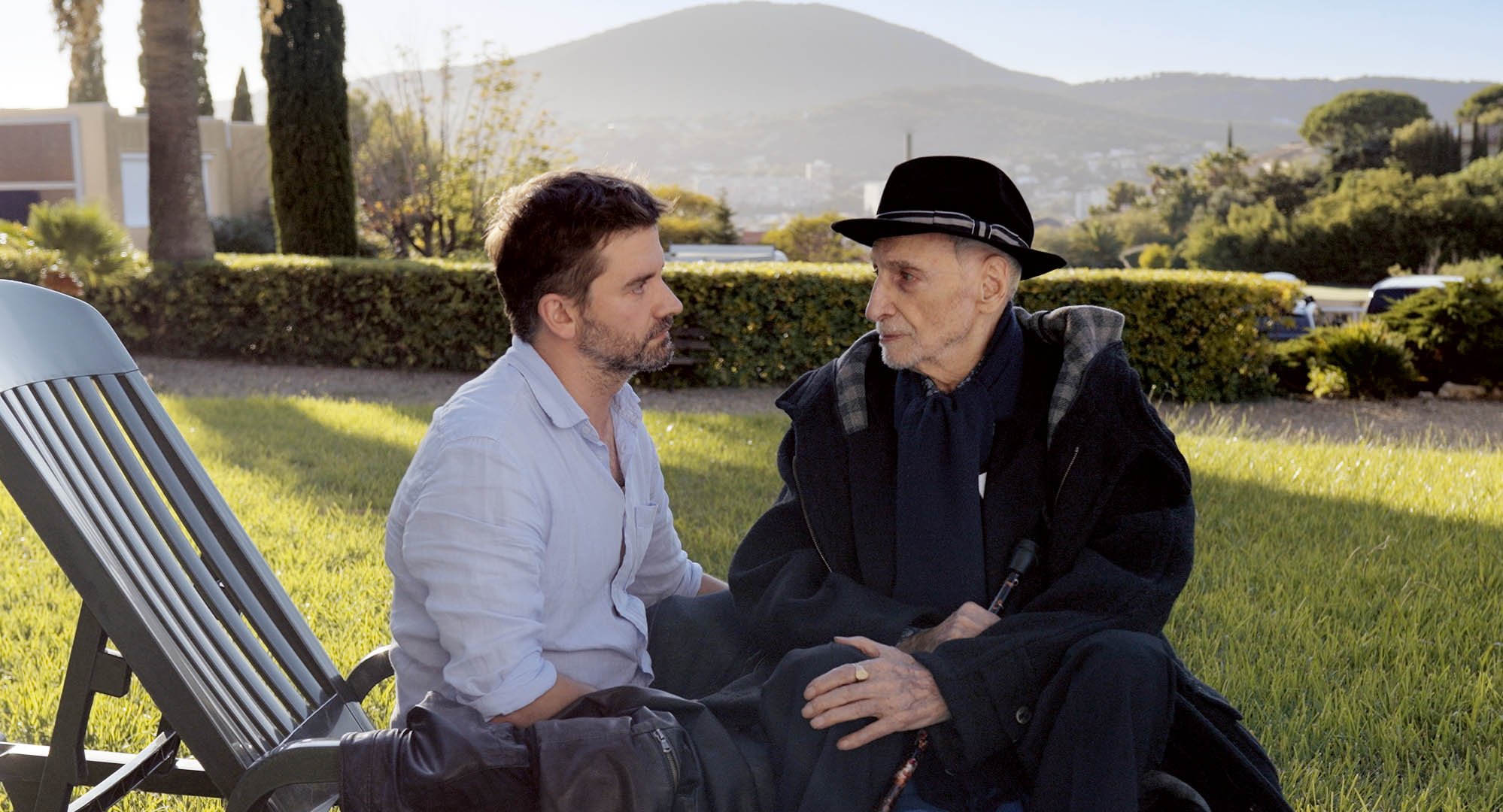
13.01.2026
FIDMarseille
CinéFID - A VIDA SÃO DOIS DIAS
LIFE LASTS TWO DAYS, Leonardo Mouramateus
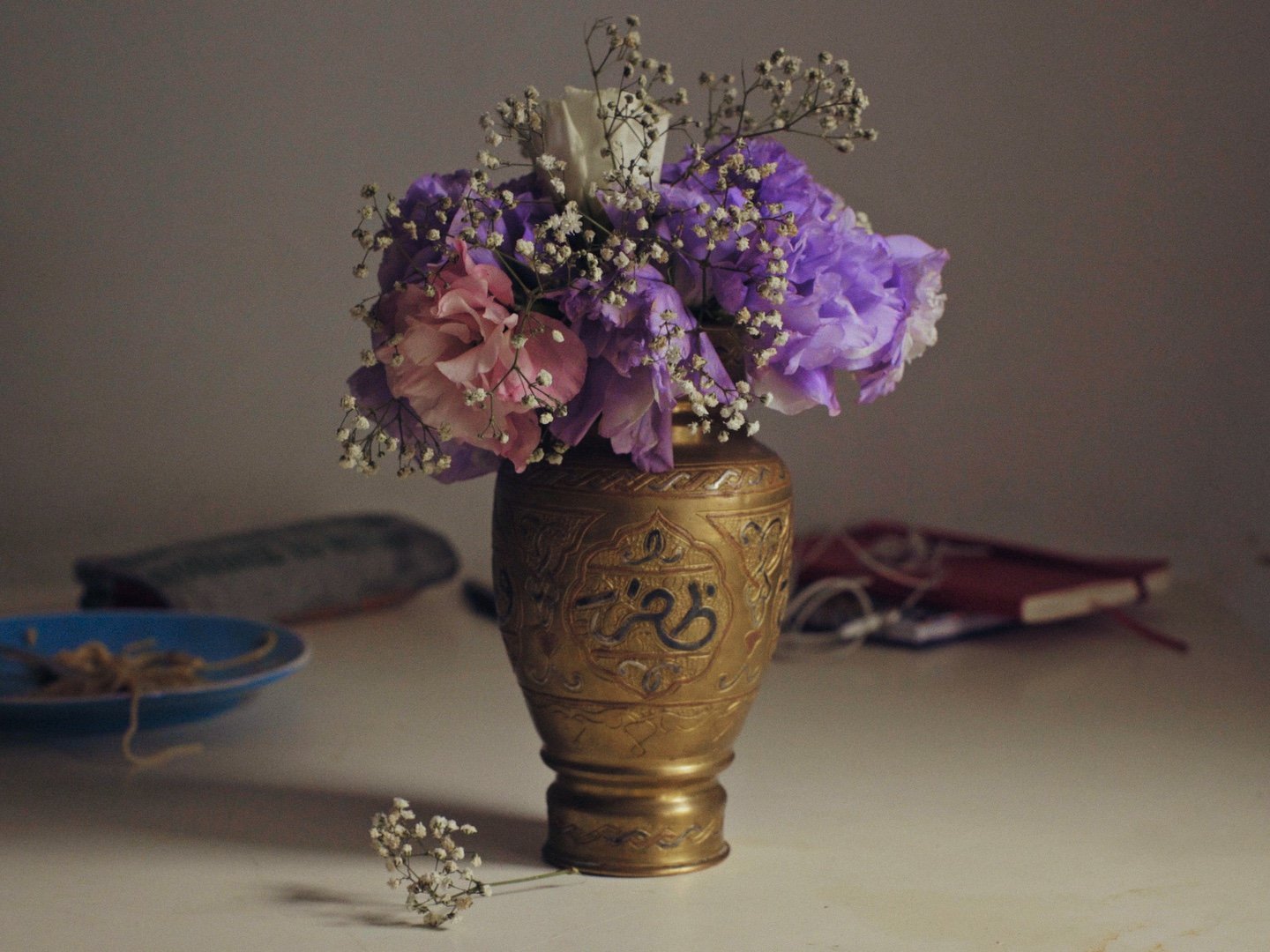
15.01.2026
FIDMarseille
CinéFID - Si nous habitons un éclair
THE HEART OF ETERNITY, Louise Chevillotte
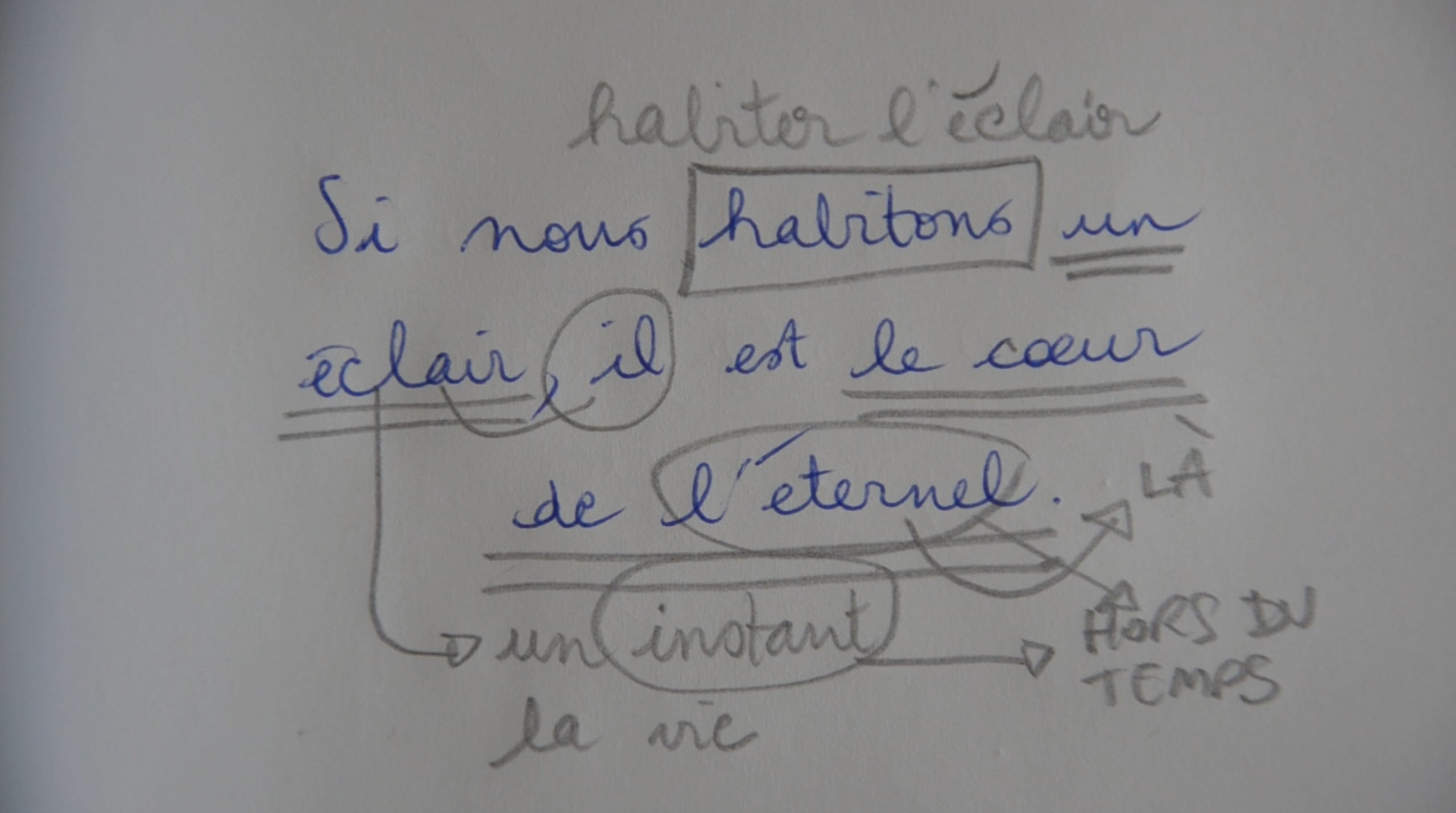
16.01.2026
Cinéma Saint-André des Arts
Lebanese Cultural Centre in France invites FIDMarseille
NO TITLE, Ghassan Salhab
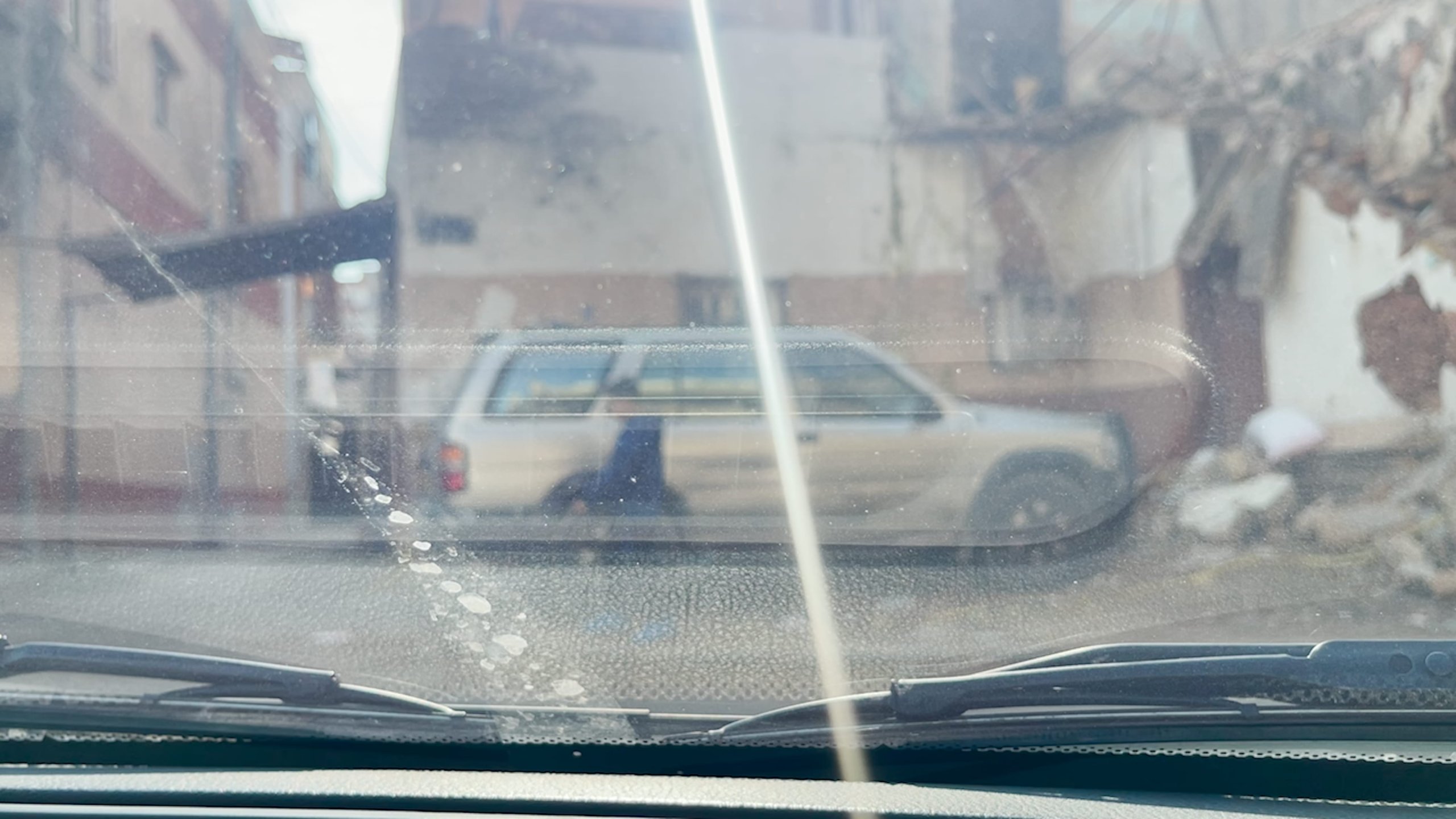
19.01.2026
La Baleine
CinéFID - Laguna
LAGUNA, Sharunas Bartas

10.02.2026
Collection Lambert
FIDMarseille x Collection Lambert
THE BALLAD OF SUZANNE CÉSAIRE, Madeleine Hunt-Ehrlich
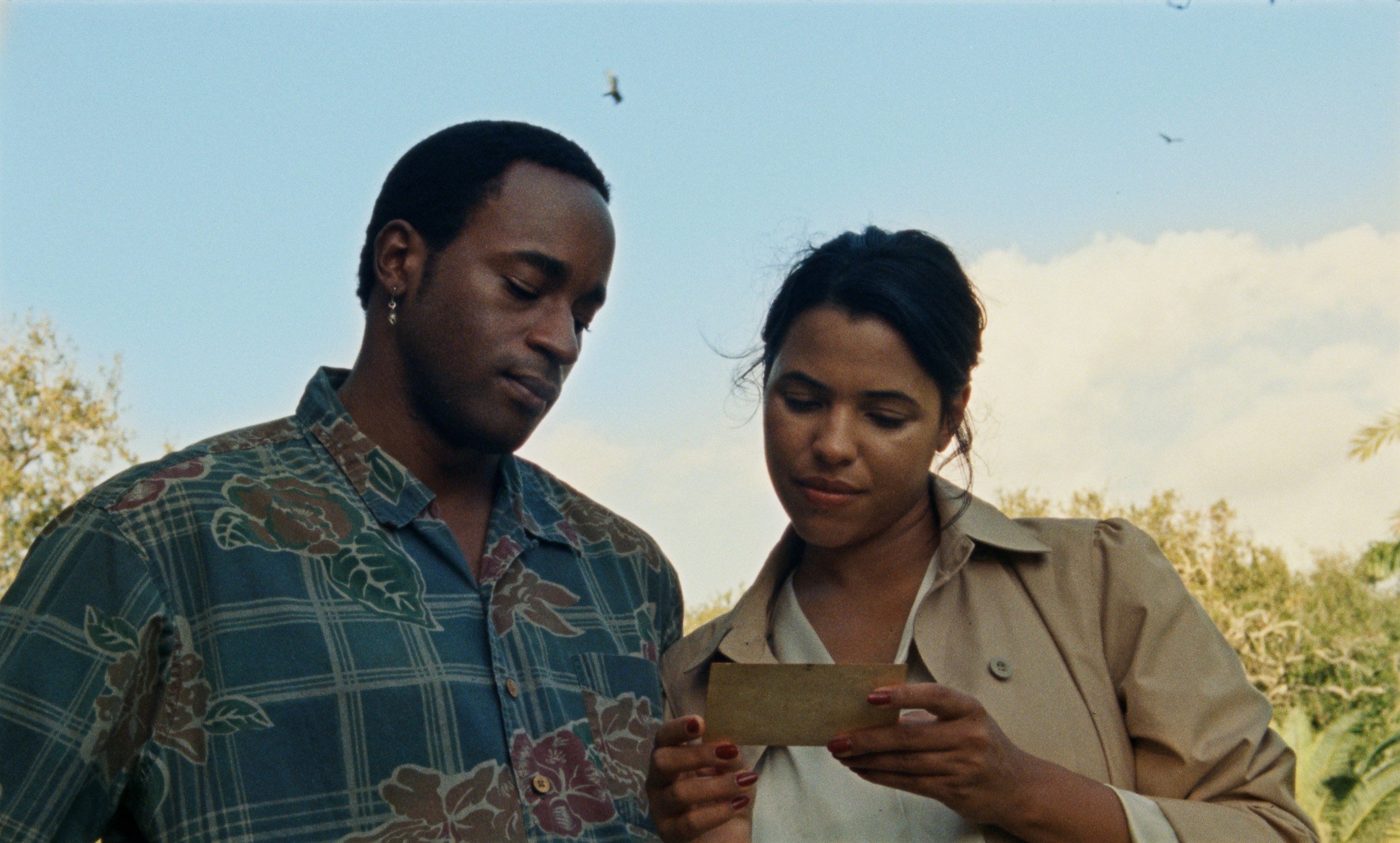
23.02.2026
La Baleine
CinéFID - Préhistoires
PRÉHISTOIRES, Laurent Krief
